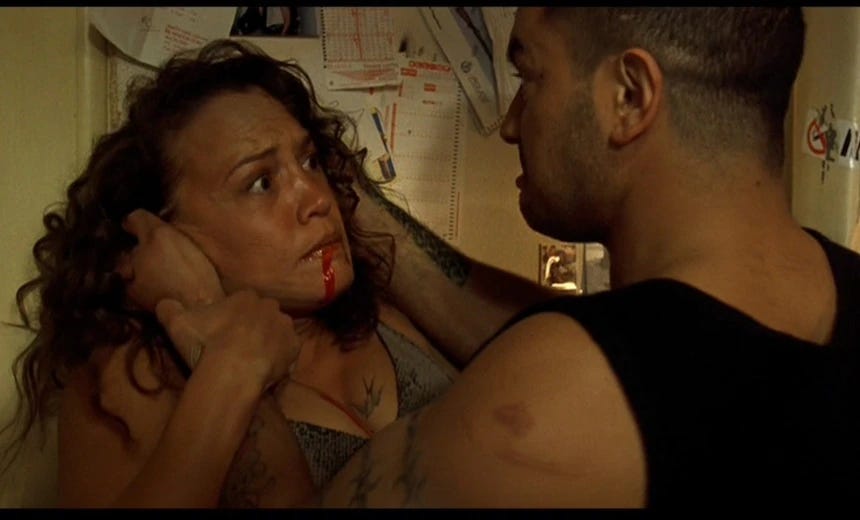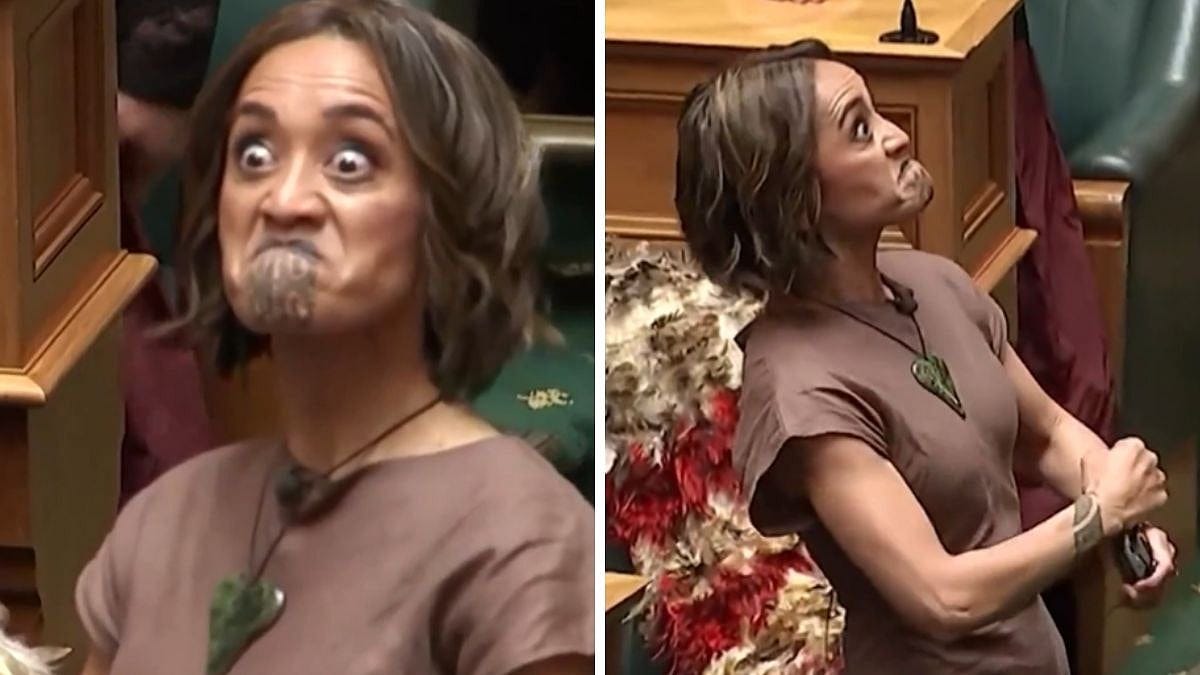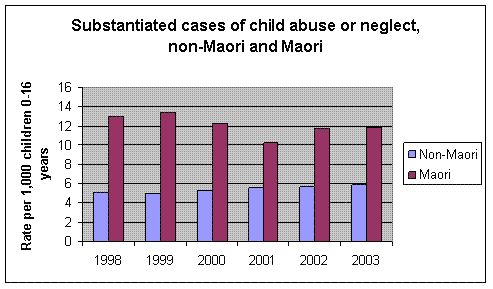It is no surprise that Māori are disproportionately represented in crime and domestic violence statistics across New Zealand. There are deep-rooted cultural and behavioural patterns that are too often ignored, patterns of intimidation, dominance, and aggression that can be traced, in part, to how power is expressed in some Māori spaces.
A clear example unfolded just the other day during Te Pāti Māori’s standup in Parliament. Rawiri Waititi, the party co-leader, physically pushed Debbie Ngawera-Packer away, stopping her from answering questions. This was a stark display of male dominance in a public, supposedly democratic, setting. Meanwhile, former MP Eru Kapa-Kingi has described the party as run like a dictatorship, with certain issues deemed untouchable. If Māori leadership cannot operate without bullying and intimidation, how can the rest of the country be expected to trust it?
Then there was Oriini Kaipara’s haka in Parliament, a moment she probably thought was powerful. To the rest of the world, it was a global laughing stock. Millions of viewers online described it as “cringe”, “embarrassing”, and, as a lot said, “retarded”. Commentators did not hold back, reminding Māori that cannibalism was practiced in this land as recently as two hundred years ago, a grim echo of the violence that historically shaped these cultural practices.
It is all well and good to defend culture as heritage, but culture cannot be an excuse for behaviour that perpetuates harm. The statistics make it brutally clear:
Māori experience almost three times more domestic violence than the national average. Thirty-five percent of wāhine Māori have experienced at least one violent offence in their lifetimes (NZCVS Cycle 4, 2020/21).
Nearly half, 49 percent, of wāhine Māori experience physical or sexual intimate partner violence in their lifetimes (New Zealand Family Violence Study, 2023).
More than 100,000 adults face psychological violence each year, with Māori and young people aged 15 to 29 almost twice as likely to be affected (NZCVS Cycle 1, 2018).
Source: https://www.women.govt.nz/womens-safety/data-and-research
These numbers are staggering. They are not abstract. They reflect real lives ruined by aggression, intimidation, and the continuation of violent patterns within our own communities. If Māori leadership glorifies displays of dominance, uses cultural rituals as tools of intimidation, and fails to confront abuse within its own ranks, it is no wonder these statistics continue to rise.
We cannot hide behind heritage, haka, or identity while ignoring the consequences of violent behaviour. Culture is supposed to guide, uplift, and teach. Instead, in some corners, it has been twisted into a tool for power, fear, and control. Until we are willing to confront this uncomfortable truth, our people, especially wāhine Māori, will continue to suffer at rates far beyond the national average.






